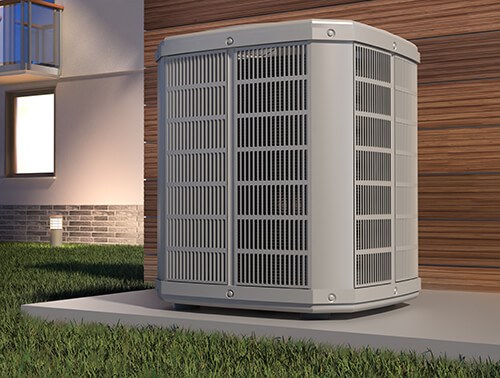
Keeping your air conditioner in good working order is important for maintaining a comfortable home. One part of the air conditioner that often needs attention is the drain line. Over time, drain lines can become clogged with dirt, debris, and even mold. Read on to learn how to unclog your AC drain line.
1. Turn Off the AC’s Power
When you turn off your AC unit, the fan inside stops spinning. This allows you to clean the blades without the risk of being hit by the fan. In addition, turning off your AC unit will prevent any electrical damage that could occur if water were to come into contact with live electrical components.
2. Locate the Drain Pipe
This is typically a PVC pipe that is located near the outdoor unit of your AC system. Your drain pipe is normally clearly labeled. The pipe is responsible for draining away any condensation that forms on the coils inside your AC unit.
3. Remove the Cap From the Pipe
The cap covers the drain line. You’ll likely need a screwdriver or a pair of pliers to open it. This will give you access to the drain line so that you can clear any blockages. It will also help you to visually inspect the drain line.
4. Remove Any Visible Debris
Manually removing debris is the best way to avoid pushing it further down the line. You will need to remove the finer clogs using a wet vacuum, a garden hose, or a plumber snake. Start with the wet vacuum, as this will be the gentlest option.
If this does not work, you can try using a garden hose to flush out the clog. Finally, if neither of these options works, you can try using a plumber snake to break up the clog.
How to Clear an AC Drain Line With a Garden Hose
A garden hose can be a very effective tool to unclog your AC drain line. Here are some simple steps to follow: Locate the AC unit and find the drain line. Attach one end of the garden hose to a faucet or spigot. Insert the other end of the hose into the drain line.
Turn on the water and let it run for a few minutes. The water pressure will help to clear any blockages in the drain line. Once the water is flowing freely, turn off the faucet or spigot and remove the hose from the drain line.
Check the area around the AC unit to make sure that there is no standing water. If there is, use a towel or sponge to soak it up.
5. Pour in Vinegar
Vinegar is a natural disinfectant and will help to kill any mold or bacteria that is growing in the line. It will also help to break down any debris that may be clogging the line. Once you have poured in the vinegar, let it sit for about 30 minutes before flushing the line with water. In addition, the vinegar may also help to prevent future buildup, keeping your AC drain line clean and clear.
6. Check to see if the AC Is Working as Expected
After you unclog the drain line to your AC unit, it is important to turn the power back on. That way you can check that the unit is working as expected. To do this, start by setting the thermostat to a temperature lower than the current room temperature. Then, check that the unit is receiving power by looking for a green light on the control panel.
Once you have confirmed that the power is on, listen to the sound of the compressor kicking on. If you do not hear this, check to make sure that all of the switches are in the “On” position. Finally, feel the air coming out of the vents to see if it is cool. If it is not, give the unit a few minutes to reach the desired temperature.
If everything seems to be working properly, then great! You have successfully tackled the problem. However, if you are still having issues with your AC unit, then you may need to call in a professional for further assistance.
7. Finish Off With a Drain Pan Test
This test will help to assess whether or not your AC system is draining properly. To perform the test, first make sure that the unit is turned off and cooled down. Next, remove the drain line from the pan and place a bucket beneath it to catch any water that may come out. Once the bucket is in place, turn on the AC unit and let it run for a few minutes.
If the pan is working properly, you should see a steady stream of water flowing into the bucket. If the stream is intermittent or if no water is coming out at all, then it’s time to call a certified HVAC technician to take a closer look.
Signs of Clogged AC Drain Lines
There are several signs that can indicate a clogged drain line, so you can take action before too much damage is done.
Look Out For:
- Moldy Odors
- A Full Condensate Pan
- Damp walls
- Unexpected AC shutoffs
Keeping an eye out for these symptoms can keep you from having problems with your ac drain line.
Get in Touch With Our HVAC Professionals Today!
At Gallagher’s Plumbing, Heating and Air, we are happy to help with all your AC needs. Our professionals are industry experts on all kinds of HVAC problems. Call us today to see what we can do for you!


 uys
uys